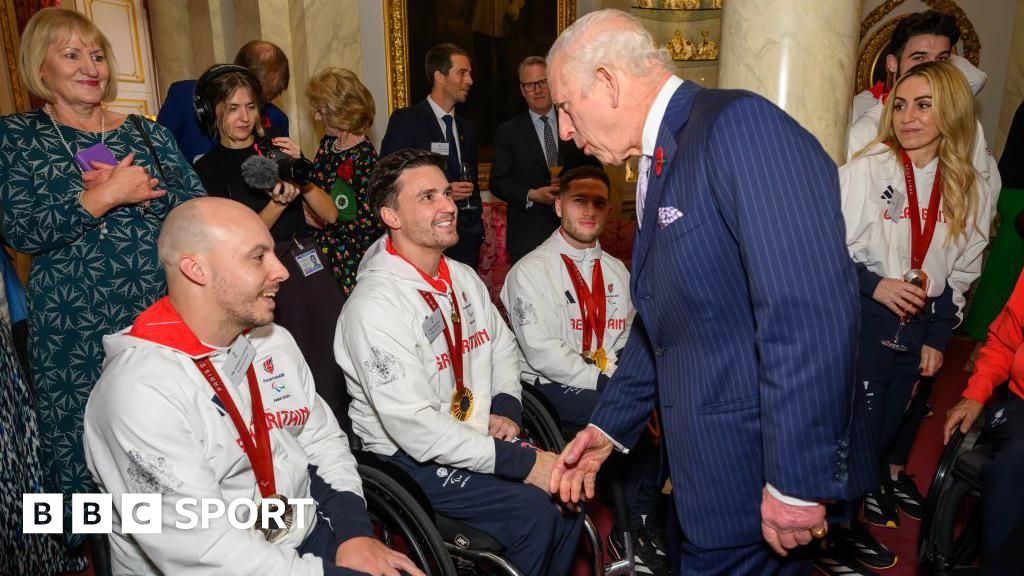Bussiness
Sneaker designer Brandon Brubaker: Remaining tapped into culture is a business advantage

This is an episode of the Glossy Fashion Podcast, which features candid conversations about how today’s trends are shaping the future of the fashion industry. More from the series →
Subscribe: Apple Podcasts • Stitcher • Google Play • Spotify
Brandon Brubaker, co-founder of the 10-year-old SoCal sneaker brand Clearweather, is somewhat of a sneaker legend. In the sneaker game for 30 years, he first designed iconic sneaker styles for Vans after being recruited by the company at age 20. He then went on to launch the multimillion-dollar skate sneaker division at Nike-owned Converse.
Today, Brubaker is hitting the gas on growing his own company, with a fresh round of funding, a new business partner, a relaunched website and big plans for international expansion. He’s intentionally taking a unique approach to the market, which, so far, has served his brand well.
“[We decided] to stop trying to fight for dollars with Nike, which completely dominates everything, when it really comes down to it,” he said on the latest episode of the Glossy Podcast. “Instead, we want to just be a really premium California culture brand, and that’s where we’re at today.”
Also on the podcast, Brubaker discusses how the sneaker market is faring and what it takes to maintain relevance in the crowded, competitive industry. Highlights from the conversation, below, have been lightly edited for clarity.
Learning (sneakers) by doing
“I learned a lot about [performance features] when I was at Converse — because when we relaunched Converse skateboarding, it was like, ‘Do whatever you want.’ We didn’t have guardrails on what we could do, so I, more or less, took myself on a mission of building the best insole that I possibly could. And then, the insole ended up costing, like, $6 — and you’re not going to be able to go to market with a $6 insole. That’s [comparatively] very expensive. So I had to, kind of, tech it back down. But I learned a lot about materials and about comfort and sweat-wicking — I’ve learned it all just by doing it. Everything I know about footwear is from doing it and learning a lot from factories — just being very young and going to factories and working with manufacturers. The wealth of knowledge I’ve gained is from traveling to factories throughout Southeast Asia and everywhere else.”
Cultural connectivity as a brand advantage
“I think our [approach to] design is unique. The [sneaker] landscape has changed so much. When I started, people were very just shoe-driven, right? And then, when I was at Vans, I saw it start to change. Shoes were getting more popular, and then — all of a sudden — there were people coming in and getting hired who were car designers. And I’m like, ‘I don’t understand.’ They were super-technical. … I thought I was going to be completely overtaken by people who were way more schooled and way more knowledgeable on computers and the whole scope of tools that you need to design. But I realized the thing that a lot of people are lacking is the connection to the culture. And I feel like that’s something you have to live to be knowledgeable about. That’s always helped me through my career — just being completely tapped into the culture that’s around me.”
The state of the sneaker market
“I think the sneaker market is still strong. Obviously, I feel like the sneaker-collecting vibe and sneaker freaks — that type of thing — has definitely slowed down, because it got too crazy. People were buying Dunks for thousands of dollars. … For me, I wear my shoes, … and I feel like shoes are made to be worn. … I get dressed based on what shoes I’m wearing. … That [type of passion for sneakers] definitely won’t change. And I feel like it’ll get bigger.”







